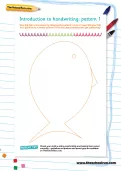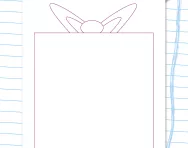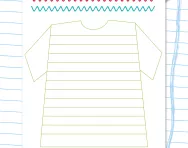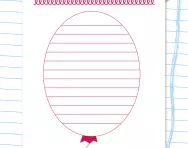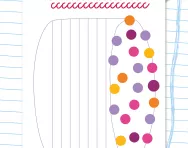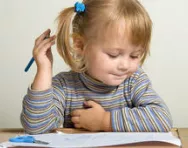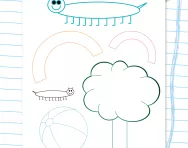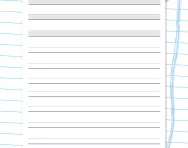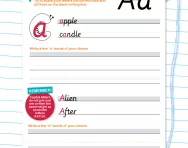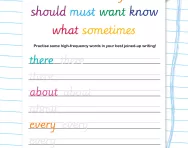TheSchoolRun.com closure date
As we informed you a few months ago, TheSchoolRun has had to make the difficult decision to close due to financial pressures and the company has now ceased trading. We had hoped to keep our content available through a partnership with another educational provider, but this provider has since withdrawn from the agreement.
As a result, we now have to permanently close TheSchoolRun.com. However, to give subscribers time to download any content they’d like to keep, we will keep the website open until 31st July 2025. After this date, the site will be taken down and there will be no further access to any resources. We strongly encourage you to download and save any resources you think you may want to use in the future.
In particular, we suggest downloading:
- Learning packs
- All the worksheets from the 11+ programme, if you are following this with your child
- Complete Learning Journey programmes (the packs below include all 40 worksheets for each programme)
You should already have received 16 primary school eBooks (worth £108.84) to download and keep. If you haven’t received these, please contact us at [email protected] before 31st July 2025, and we will send them to you.
We are very sorry that there is no way to continue offering access to resources and sincerely apologise for the inconvenience caused.
Handwriting practice: patterning 1
Patterning is a vital first step for learning handwriting. Introduce your child to creative, fun doodling and start building their handwriting skills today.
How can your young child practise their handwriting?
Your child can practise handwriting by starting with basic fine motor skills activities, like colouring, drawing shapes, tracing lines and patterning.
Playing with clay or dough can strengthen their hand muscles.
You can also encourage them to trace letters in sand or use finger paints.
These fun activities help build the foundation for writing letters later on.
What is patterning and how does it help with handwriting?
Patterning is the ability to recognise, create and extend sequences based on a specific order or rule, such as alternating colours or shapes.
It helps with handwriting by developing fine motor skills, hand-eye coordination and the ability to follow sequences and rules.
Practicing patterns can improve a child's ability to form consistent letter shapes and understand the repetitive motions involved in writing.
How will this handwriting worksheet help your child?
This expert-created activity is designed to improve your child's fine-motor skills and help prepare them for forming letters. It is an enjoyable and simple activity that will encourage them to practise holding a writing tool and copying repetitive patterns.
For more help with handwriting, visit our hub page, or try a new challenge such as our Maypole finger strength activity.
